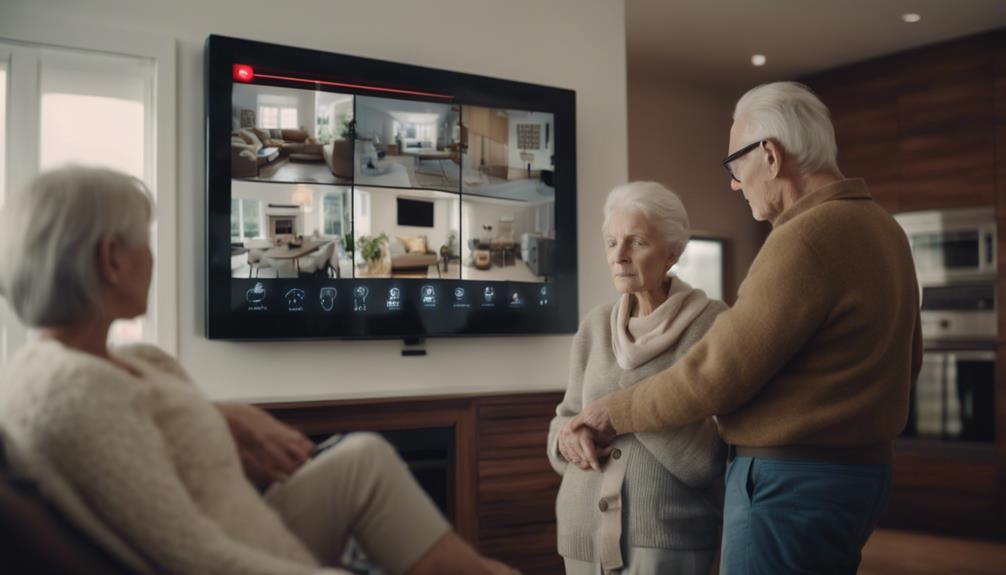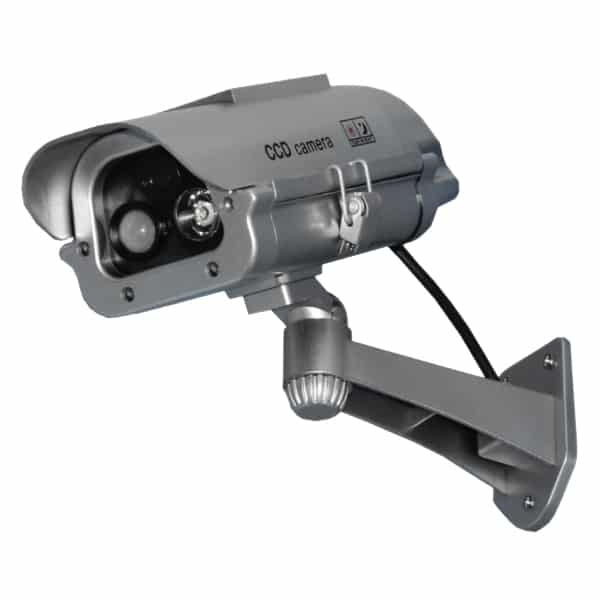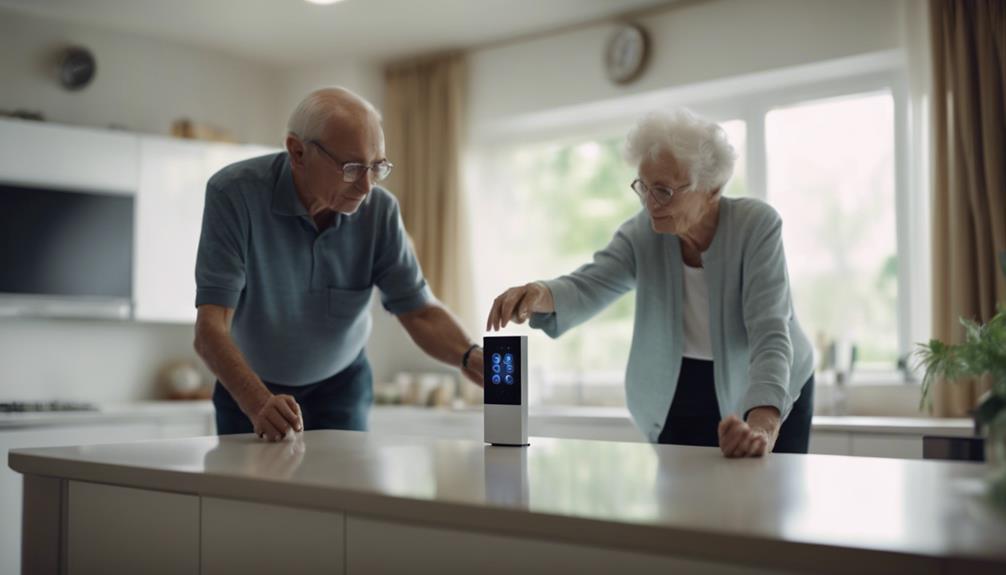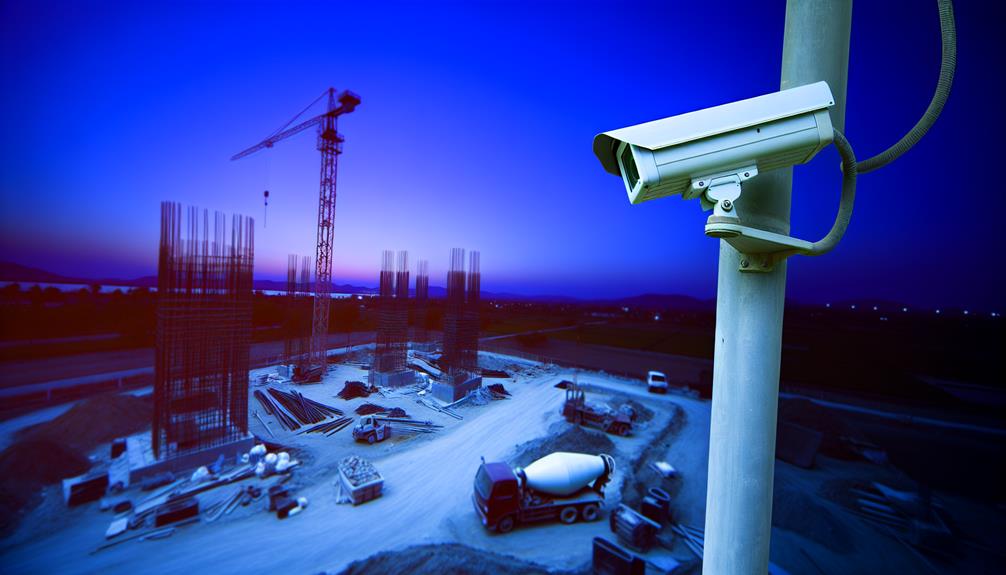
Brainstorm Security Shop

For Orders Over $99

On Any Of Our Products

Details On Refund Page

As you consider the security needs of elderly loved ones, it’s essential to evaluate the diverse range of home security systems available today. You’ll find that many modern options are designed with the senior in mind, featuring easy-to-use interfaces and emergency response capabilities. But how do you choose the right system that balances simplicity with comprehensive protection? From assessing essential features like fall detection and large, clear buttons to understanding the integration of new technologies such as voice recognition, this conversation is just beginning. What aspects are most crucial for maintaining both autonomy and safety for the elderly at home? Let’s explore together.
Seniors often face unique security challenges that necessitate tailored solutions to ensure their safety and peace of mind. As you age, you may find yourself more vulnerable to crimes like burglary and scams. It’s not just about physical safety; it’s also about feeling secure in your own home. This is where having a robust security system becomes crucial.
You’ve likely heard stories or maybe even know someone who’s experienced a break-in or theft. These aren’t just minor inconveniences. They can leave lasting psychological impacts, especially on seniors who might already feel isolated or anxious. A good security system acts as a deterrent against potential intruders and provides a sense of control and confidence that’s vital as you navigate your golden years.
Moreover, you’re not always going to have someone around. Family members and friends can’t be there 24/7, and in those times when you’re alone, knowing that you’re protected can ease your mind immensely. It’s about creating a living environment where you feel safe and can maintain your independence without constant worry.
Now let’s explore the different home security systems available to keep you safe and secure.

You’ve got several options, each suited to different needs and preferences.
First, there are traditional alarm systems. These are usually wired directly into your home and include door and window sensors, motion detectors, and a central keypad to arm or disarm the system. They’re reliable and monitored 24/7 by a professional service that can alert the authorities if something goes wrong.
Then, there are wireless security systems. These are similar to traditional alarms but don’t require complex installation. You can often set these up yourself, and they’re easily customizable. Plus, you can control them remotely using a smartphone app, which is perfect if you’re often away from home.
Another option is a smart home security system. These integrate with other smart home devices like thermostats and lights, which you can manage from a central hub or your phone. They offer features like facial recognition and smart locks, adding a layer of convenience and advanced protection.
Choose the system that best fits your lifestyle and the level of security you need. Remember, feeling safe in your home is paramount.
Home security systems for the needs of the elderly should prioritize features that enhance both safety and usability, such as emergency buttons and voice activation. You’ll want a system that’s easy to operate. Large, clearly labeled buttons and a straightforward interface can make all the difference. You don’t need to fumble through complicated menus or small touchpads.
Visual aids are also critical. Systems with large, easy-to-read displays help you quickly understand what’s going on, whether it’s a simple status update or a security alert. Additionally, consider systems that provide clear, audible alarms and notifications. You should be able to hear them anywhere in your home without straining.
Lighting is another key feature. Automated lights can help prevent falls by illuminating paths to common areas like the bathroom or kitchen during the night. Some systems integrate motion sensors to automatically turn on lights when activity is detected, ensuring you’re never left in the dark.
Incorporating emergency response technologies into your home security system ensures immediate assistance is just a button press away. Advances in technology mean that you don’t have to worry about being unable to reach the phone during an emergency. Personal emergency response systems (PERS) are a cornerstone of modern home safety for the elderly. With a simple wearable device, such as a pendant or bracelet, you can alert emergency services or designated caregivers with one touch.
These systems aren’t just reactive; many include fall detection, which automatically notifies help if it senses a fall, even if you can’t press the button yourself. This feature is crucial as falls are a leading cause of injury among seniors. Moreover, GPS technology in these devices can provide your exact location to first responders, enhancing the speed and efficiency of their response.
Another innovative aspect is the integration of voice-activated systems. These allow you to issue commands or call for help without needing to physically interact with a device. It’s all about making sure help is available at all times, with minimal barriers.
With these technologies, maintaining your independence doesn’t have to compromise your safety.
User-friendly security solutions streamline the process of protecting your home, ensuring that elderly individuals can operate them with a minimum of fuss. It’s essential that you can manage your security system without needing a deep dive into complex technology or tedious setups.
Consider systems that offer straightforward interfaces. Large buttons, clear labels, and voice-activated controls are incredibly helpful. You’d want something that doesn’t bury essential features in convoluted menus.
Some systems provide remote controls that you can use from any part of your house, which means there’s no need to reach for high panels or small buttons.
Touchscreen panels are another boon. They often feature large icons and can be programmed to give audible prompts to guide you through tasks like arming or disarming the system. It’s just like using a smartphone or tablet, which you might already be familiar with.
Also, look for systems that allow for customization. You can set up everything exactly how you need it—perhaps you want a sensor that bypasses the guest room or a camera that only activates at certain times. This tailored approach not only simplifies operation but also ensures the system works perfectly for your specific living situation.

Now let’s explore monitoring services, which play a key role in enhancing the security of your home. These services ensure that someone’s always watching over your safety, ready to respond in case of any emergency. Whether it’s a break-in or a medical issue, you’ll have immediate assistance at the push of a button.
Monitoring services work around the clock, safeguarding not just against intruders but also monitoring for fires, gas leaks, and other critical conditions. They’re especially useful if you’re often home alone or have mobility challenges. You don’t need to reach for a phone or run to a neighbor; help is already on its way with real-time alerts sent directly to emergency responders.
What’s more, these services often come with mobile apps, allowing you and your loved ones to receive notifications about the security status of your home, no matter where you are. It’s comforting to know that you can go about your day or enjoy a vacation without worrying about home safety.
Choosing the right monitoring service involves considering their response time, customer service quality, and the comprehensiveness of their coverage. It’s about finding a balance that suits your specific needs and gives you peace of mind.
Let’s dive into the installation and setup process for your new home security system. First, you’ll want to determine the best locations for your cameras and sensors. Think about main entry points, hallways, and common areas where you spend a lot of time. It’s crucial these spots are well-covered to ensure comprehensive monitoring.
Next, you’ll need to mount the cameras and sensors. Most systems come with a simple mounting kit and clear instructions. You can usually handle this with basic tools like a screwdriver. Make sure they’re positioned to capture wide angles and aren’t obstructed by furniture or decorations.
Once everything is mounted, it’s time to connect your devices to the main control panel. This usually involves syncing through a wireless connection or plugging them directly into the panel. Follow the manufacturer’s instructions carefully to avoid any technical issues.

Understanding the costs involved with installing a home security system is crucial for budgeting effectively. You’ll find that prices can vary widely based on the type of system you choose and the level of monitoring you require. Typically, you’re looking at an initial investment for the equipment, which could range from a few hundred to several thousand dollars. This depends on whether you opt for basic alarms or more advanced systems with cameras and smart technology.
In addition to the upfront costs, consider the ongoing expenses. Monthly monitoring fees can run anywhere from $15 to $50, depending on the service provider and the complexity of your system. You might also face installation fees if you prefer professional setup, which can range from $50 to $200.
To manage these costs effectively, it’s wise to assess what level of security you truly need. Do you need cameras in every room, or would sensors on doors and windows suffice? Tailoring the system to your specific requirements can help you avoid overspending.
After considering your budget, you should also look at reviews and recommendations to choose the best home security system for your needs. Start by diving into online forums and consumer review websites where other elderly users share their experiences. Look for systems that consistently receive high marks for ease of use, reliability, and customer support.
Don’t forget to ask friends or family members who might already have a security system installed. They can provide firsthand insights on how the system has worked for them and if they’ve encountered any issues. It’s also worth considering any particular features they suggest that help make their lives easier, such as remote controls or voice activation.
Next, check out professional reviews from trusted sources in the home security industry. These reviews often provide detailed comparisons between different brands and models, focusing on aspects like installation processes, technology integration, and overall value for money. Make sure you’re reading recent reviews to get information on the latest products and technology updates.

Regular maintenance of your home security system ensures it operates reliably when you need it most. Keeping up with the upkeep isn’t just about functionality; it’s about ensuring your safety and peace of mind.
Start by checking the batteries in all your devices, such as sensors and alarms, at least twice a year. Low batteries can cause false alarms or worse, fail to alert you during an emergency.
You’ll also want to regularly clean your cameras and sensors. Dust and debris can obscure the lens, reducing the effectiveness of your video surveillance. Use a soft, dry cloth to gently wipe the surfaces without scratching them.
Make it a habit to test your system monthly. Activate the alarm and check that it communicates properly with the monitoring center. This test will confirm that the signal isn’t being blocked and that the response time is adequate.
Additionally, update your contact list and ensure the monitoring center has the correct information. You don’t want an emergency call going to a wrong or outdated number.
You’ve explored the vital role of home security systems tailored for the elderly, covering everything from types to essential features and cost considerations.
Now, you’re equipped to choose a system that ensures safety and comfort.
Remember, regular maintenance is key to keeping the system reliable.
Don’t hesitate to read reviews and seek recommendations to make an informed choice.
With the right setup, you can rest easy knowing your home is secure and senior-friendly.
Brainstorm Security Shop
1867 Caravan Trail
Ste 105
Jacksonville, FL 32216
Call us toll free: (800) 859-5566